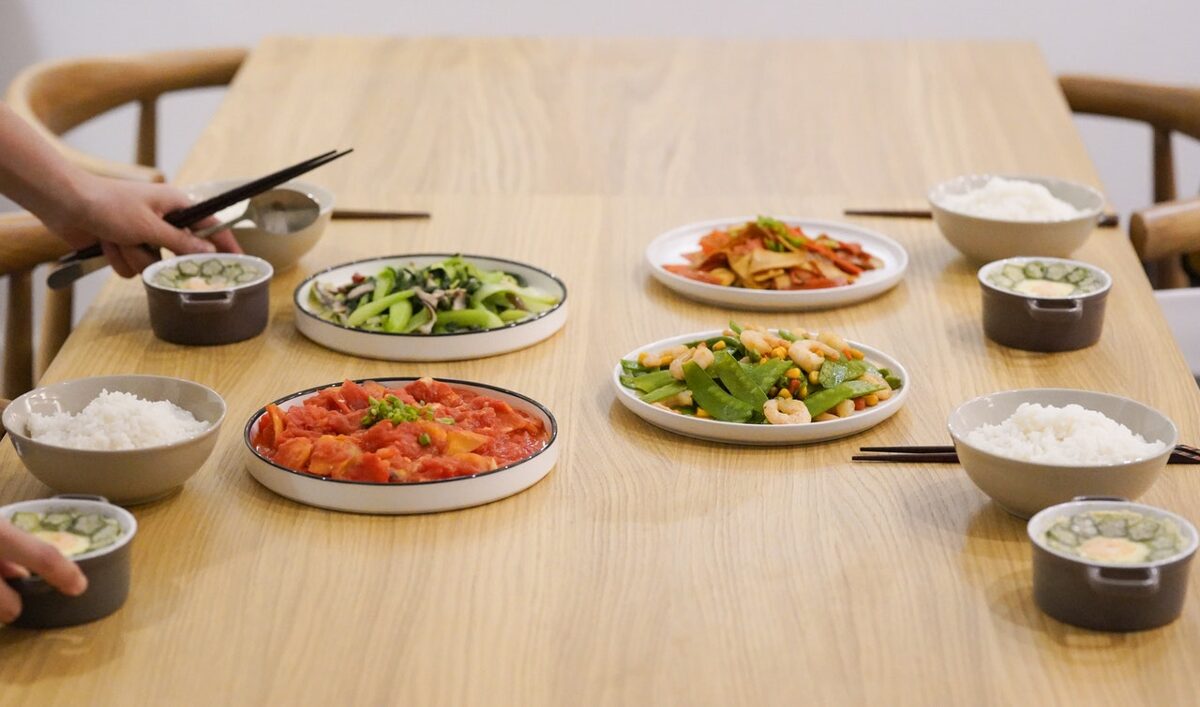Differences and similarities between Japanese, Korean and Chinese cuisines.
East Asia is the most populated area on earth, and thus there are many varying regional cuisines. However, Chinese, Korean, and Japanese food do have a lot in common.
The three
most common cooking methods are stir frying, steaming, and deep-frying.
Common ingredients include soybeans, mung beans, seafood (especially in Japan), tofu, ginger, garlic, sesame seeds, and tea. Of course, rice is also a staple ingredient of East Asian cuisine; however, the type of rice varies from country to country. Long-grain rice is popular in China, and in Japan and Korea, short-grain rice is popular. However, the cuisines of these nearby countries often mingle and influence each other; to the average non-native, it is difficult to distinguish between Chinese and Japanese food. Yet, by making slight generalities, clear cut culinary differences are present.
Chinese: As you know China is massive and the dishes can get quite spicy. China tends to use noodles made from rice flour, whereas Korea, Japan, and most of China tend to use alkaline wheat noodles. They also use a lot of ginger. They have various ways of cooking but the most well-known is the Cantonese cuisine, Sandhog cuisine, Jungian cuisine and Schuman cuisine.
Korean: Korean food is spicy in a different way and flavours are a lot stronger. They use potato starch noodles and feature a lot of fermented vegetables like “Kimchi”. Korean food also uses a lot of beef, although there are also other types of meat used, beef is more prominent in Korean food.
Japanese: A lover of fishes. Use soba and Udon noodles. Japan together with China quite rottenly use alcohol in their dishes, such as mirin – sweet rice wine. They are known for thick, sweet sauces - one example being the very popular Japanese version of Worcestershire sauce. Japanese food has more raw food items than Chinese food because the Chinese, culturally speaking, don't like to eat raw food that much, the Chinese traditionally considered eating raw food to be "barbaric."

